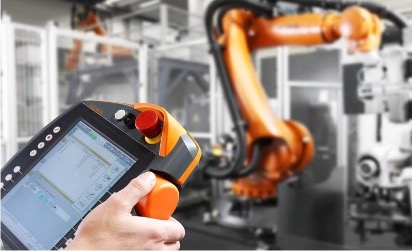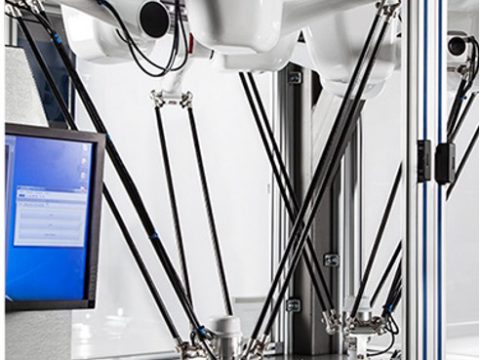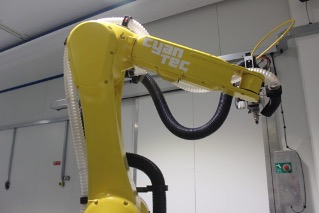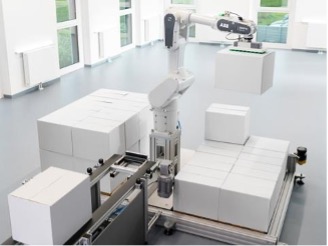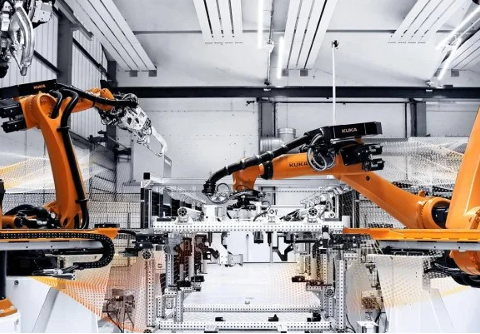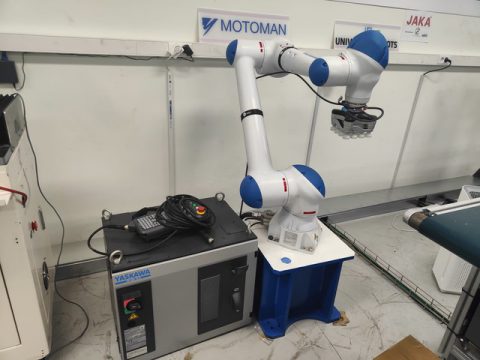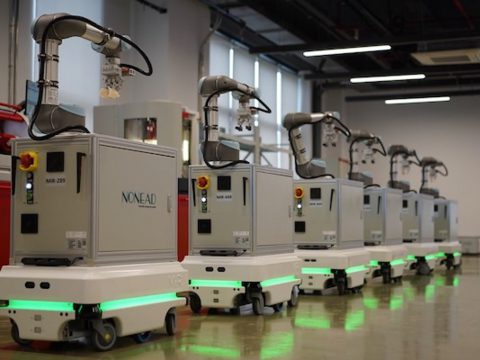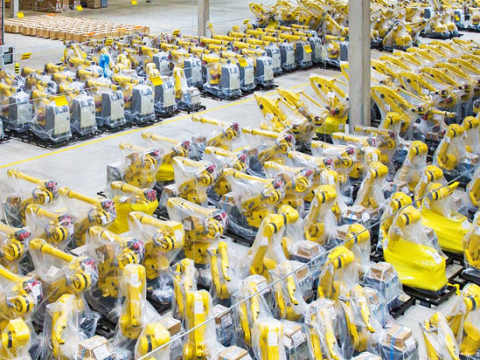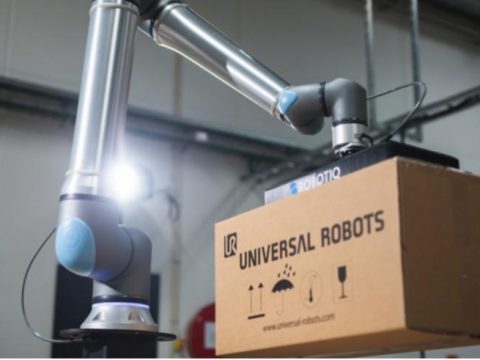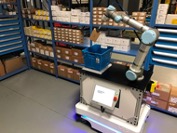HOW KUKA APPTECH FACILITATES THE INTEGRATION AND PROGRAMMING OF ROBOTS IN PRODUCTION
Robots in industrial production are capable of performing a wide range of operations, such as handling parts, welding, gluing and measuring. The problem is that the robot must first learn each process step by means of software commands. The programming of a work step is considerably reduced with the KUKA.AppTech software. Similar to a library,

